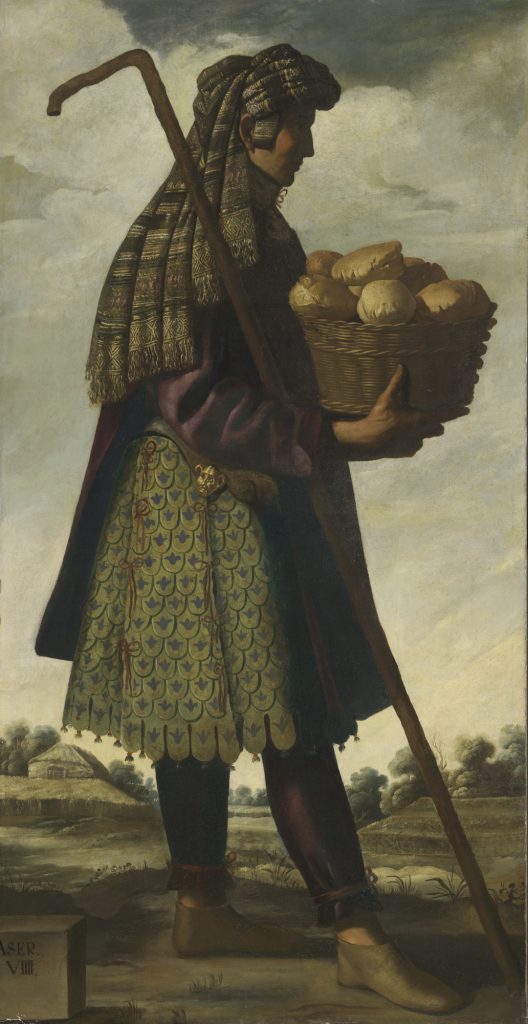What with teaching and writing, fussin’ and frettin,’ I haven’t had much time of late to step back from my daily pursuits and contemplate what I’m up to -- and why. Thankfully, there are conferences for that. Interrupting one’s daily routine, they provide an opportunity to take stock and, if the conversation and the wine flow freely enough, to recharge as well.

And so it was at last week’s annual CAJM conference at which a hundred-plus of my colleagues gathered together in Washington, D.C., to talk shop, stare down and confront the mighty forces arrayed against the values we hold dear and cheer one another onward and upward.
Shuttling among Sixth and I, the Wilson Center and the United States Holocaust Memorial Museum, with stops along the way at the Museum of the Bible and the National Museum of the American Indian Museum, conference participants, who came from hither and yon, were exposed directly to D.C.’s unparalleled and varied panoply of cultural institutions.
We also learned about collection strategies in a session that turned out, at least for me, to be unexpectedly moving as curators spoke of racing against the clock to secure artifacts before it is too late and of caring for “injured objects.” Other sessions attended to the exigencies of cultural preservation in the war-ravaged Middle East, the challenges of mounting exhibitions on dark and difficult themes and the ways in which Jewish cultural institutions might find a place for themselves within the civic square. No easy answers were to be had at CAJM, but it wasn’t for want of trying again and again: an exhausting but ultimately energizing exercise.
Having slept the entire way home to New York, I was primed the next morning to visit the Frick Collection where Zurbarán’s “Jacob and His Twelve Sons,” an exhibition of 13 life-size portraits of the biblical family are on display. A tour de force, it’s a must-see.
Dazzling and delighting the eye -- I couldn’t take mine off Zurbarán’s depiction of the gorgeously-clad Asher, who holds in his hand a basket of rolls -- the exhibition also unexpectedly brings to the fore a number of key themes in Jewish history, from the identification of the New World’s indigenous populations with the Ten Lost Tribes to the rancor and hostility that accompanied the passage of the Jew Bill in 18th century England. Zurbarán and the Jewish question: Who knew?!
Now I do, and for that, and for CAJM’s expressions of collegiality, I’m grateful -- and re-energized.


